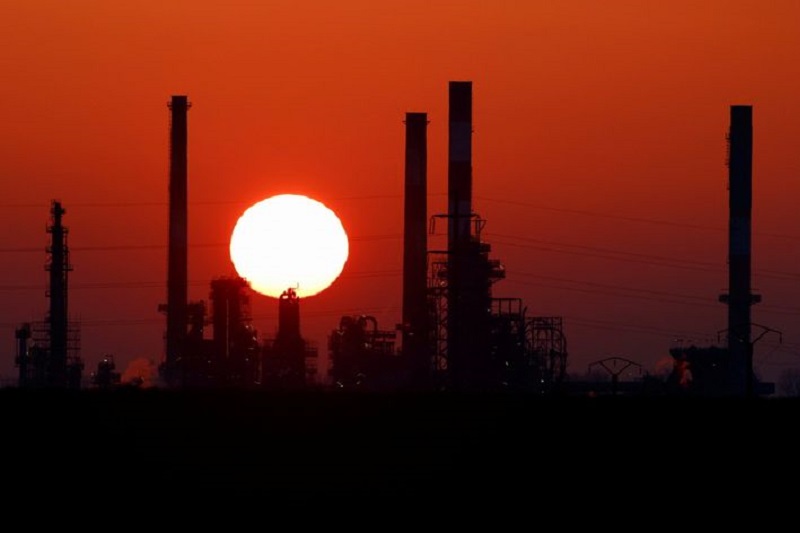By Ambar Warrick
Investing.com-- Oil prices fell in choppy trade on Tuesday as traders feared more headwinds to demand from COVID lockdowns in China, with focus now turning to the OPEC’s monthly outlook report due later in the day.
A series of COVID lockdowns in China, the world’s largest crude importer, have spurred a severe decline in oil imports to the country this year, threatening to turn Chinese oil demand negative.
The latest sign of trouble came as travel restrictions in several regions disrupted China’s Autumn festival celebrations, which usually spur a spike in road travel.
London-traded Brent oil futures sank 1.3% to $92.98 a barrel, while U.S. West Texas Intermediate Futures fell nearly 1% to $86.91 a barrel by 21:55 ET (01:55 GMT). Brent futures were also set to snap a three-day gaining streak.
Crude prices marked a strong recovery from seven-month lows hit last week, as traders bet that further tightening of supply by Russia, coupled with a European energy crisis, will boost prices later in the year.
But concerns over slowing economic activity and a strong dollar have cast doubts over sustained demand in Asian markets.
Markets were now awaiting more cues on global demand from a monthly report released by the Organization of Petroleum Exporting Countries (OPEC). The group and its allies had agreed to reduce crude production nominally last week, a move that had limited upside for prices.
The cartel brought oil production back to pre-COVID levels for the first time in two years in 2022. But demand for crude was largely marred by slowing economic growth across the globe.
This also pulled oil prices substantially away from 14-year peaks hit during the onset of the Russia-Ukraine conflict.
Oil markets were also awaiting key U.S. CPI inflation data later on Tuesday, which is expected to show a steady, albeit limited decline in U.S. inflation from 40-year peaks hit in June.
The reading is broadly expected to dictate the path of the dollar in the near-term, with a further decline in the greenback widely expected to be positive for crude prices.
Strength in the dollar this year, which hit a 20-year high last week, has impacted demand in major Asian importers such as India and Indonesia. A stronger dollar makes crude shipments to the country more expensive.
